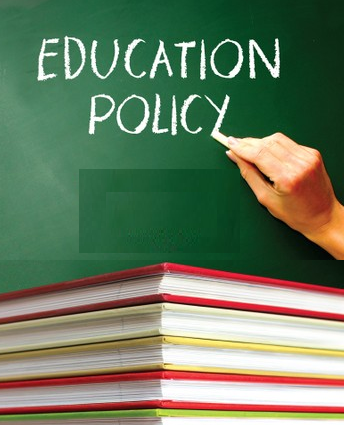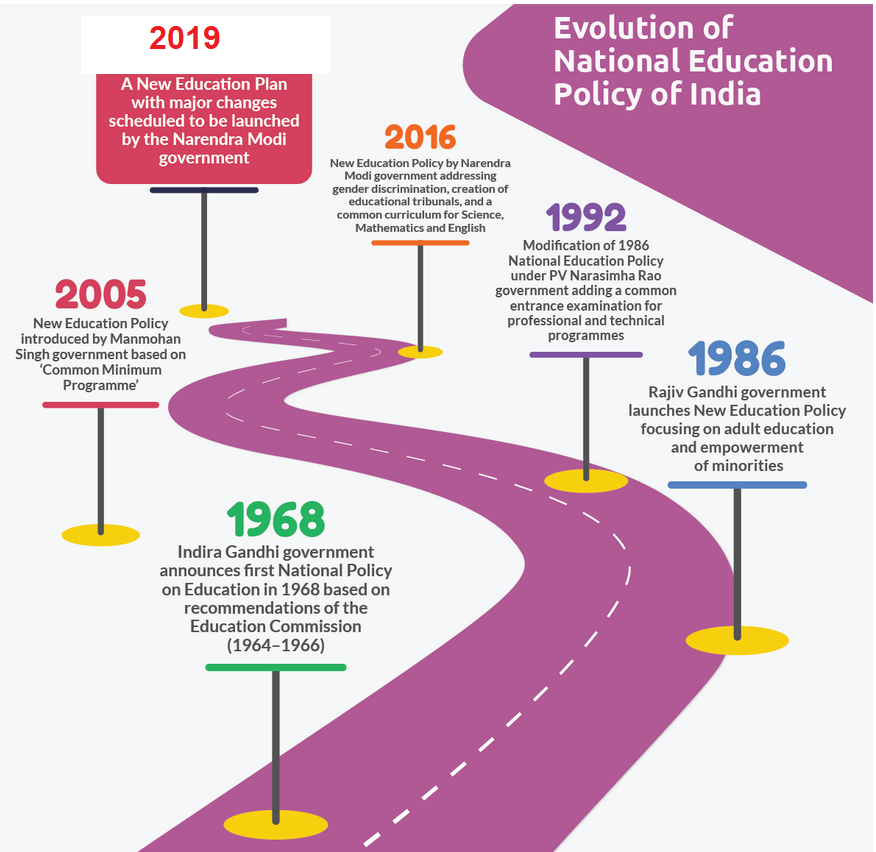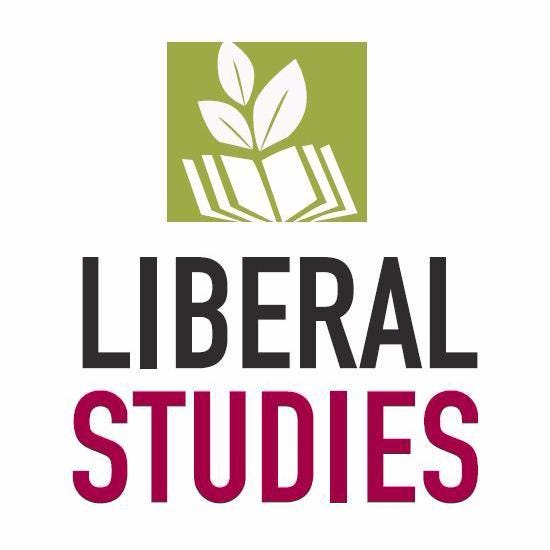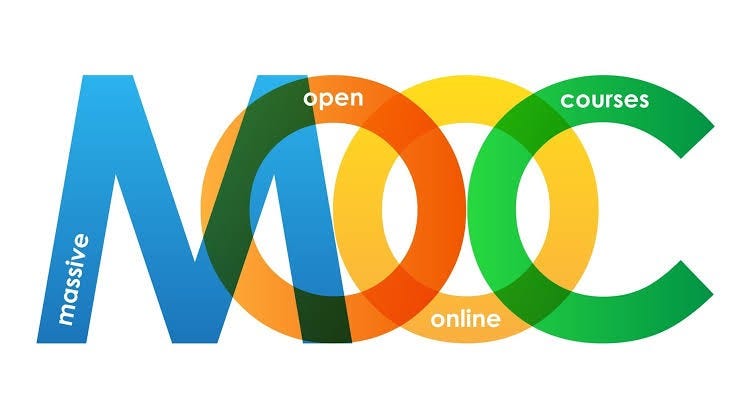India’s New Education Policy: Does It Really Unshackle the Educational Institutions?

Preamble
Several Education Policies have been announced by the Government of India from time to time since independence, to promote the access and equity to education for the people of India. These policies covered varied aspects of our country’s large education scenario from elementary education to college education in rural and urban areas. The first version National Education Policy (NEP) was enacted in 1968 by Indira Gandhi government and after an interval of almost two decades a new version was announced by Rajiv Gandhi government 1986. Post liberalization, another new version came in 1992. Over the last three decades, several changes have been made in the governance and planning and management of education that demanded a comprehensive policy reform. This period also witnessed a large growth in participation of private sector in both secondary and tertiary education. This private participation in a way contributed to doubling of GER (Gross Enrollment Ratio) from 12% in the early 1990s to the current figure of 25%.

Intent of Government Behind the New Education Policy 2019
The Government wants to come up with a reformative national education policy to meet the aspirations of young population which is supposed deliver demographic dividend. It seeks to provide framework for developing quality education, innovation and research in order to address the imbalances in demand and supply of skilled manpower.
The overarching aim is to make India a knowledge superpower by equipping students with the necessary skills and knowledge.
The National Education Policy 2019 is currently a draft document that proposes a fundamental shift in the education landscape of India. A Committee chaired by former Indian Space Research Organization Chief, Prof. K Kasturi Rangan had submitted the draft of the new NEP. Earlier another committee, headed by former Cabinet Secretary TSR Subramanian had submitted a draft new education policy in 2016 which did not find much favour among the various stakeholders.

The draft NEP 2019 has following key elements
- Art, music, crafts, sports, yoga and social service should form part of the main curriculum apart from these endeavours as co-curricular and extra-curricular activities.
- Equal treatment of government and private educational institutions, in terms of regulations and funding.
- Comprehensive reorganization of undergraduate program, over the years the most of programs should be of four-year duration following the best practices elsewhere in the world. This will also help enriching the undergraduate curriculum with proper infusion of liberal study courses.
- Introduction of an integrated 4 year BA.B.Ed/B.Sc.B.Ed programs as per-requisite qualifications for school teachers.
- Creation of Rashtriya Shiksha Aayog (National Education Council) to regulate the education sector and subsume some of the current powers of MHRD.
- Special Regulatory Systems for Professional Education Areas.
- States can set up Rajya Shiksha Aayog or State Education Commission on lines of NEC.
- National Research Foundation for strengthening research funding and outcomes.
- National Higher Education Regulatory Authority for Higher Education in place of UGC.
- Vocational courses should be made compulsory in secondary school curriculum and vocational degrees could be granted by Higher Education Institutions (HEIs)
- The National Educational Technology Forum should be formed which would help HEIs in finding and applying appropriate education technology solutions.
Reformation and Unification of Higher Education Institutions (HEI)
Another important recommendation of Committee that higher education would require a new approach for what constitutes an HEI, i.e. a university or a college. It suggests that University has only one definition worldwide, hence the present complex nomenclature of HEIs, such as Deemed University, Affiliating University, Unitary University, etc should be phased out. Also, universities should be distinguished from degree-granting colleges by the fact that they offer graduate programs in a broad range of subjects and have larger enrollments.
Meanwhile, a college should be restricted to be a multidisciplinary institution of higher learning primarily focused on, though not restricted to, undergraduate teaching, and it would generally be smaller than a typical university. The Policy states that all HEIs should evolve into one of these three types of institutions, which will be referred as Type 1: Research universities, Type 2: Teaching universities, and Type 3: Colleges. All affiliating universities will be transformed into Type1,2 universities. All HEI should be universities or degree-granting autonomous colleges. The concept of affiliating university and affiliated colleges should be phased out over next 12 years. The report further recommends that the Universities offering single stream may be phased out and all universities should become multidisciplinary HEIs. Autonomous colleges should have freedom to grant their own degrees.
Incorporating liberal arts and flexibility in curriculum

The Policy highlights the importance of liberal arts education which has indeed become extremely important in view of the kind of skills set that jobs of the future need. These include social intelligence, new media literacy, virtual collaborations, cognitive load management, trans disciplinary etc.
Special Bachelor’s degree options — a 4- year Bachelor of Liberal Arts (BLA) or Bachelor of Liberal Education (BLE) nomenclature to develop liberal studies disciplines is envisaged in the policy. Though traditional B. A, B. Sc, B.Voc., would continue but all bachelor’s degree would eventually move towards integrating to a liberal education approach. The policy draft also suggests for 5-year integrated program wherein students completing a 4-year BLE with Research, could opt for 1-year Masters. PhD would require either Master or 4-year Bachelors with Research.
Autonomy on Curriculum, Pedagogy and Assessment

The current Choice Based Credit System (CBCS) framework revised and improved, to make clear basic vision while leaving plenty of room for innovation and flexibility. Today’s generation which is entering institutions of higher learning are increasingly looking forward to build ‘Bespoke degrees’ wherein the key skills set that they wish to acquire in line with jobs of the future. Proper implementation of CBCS will lead to flexibility of education and methodology to build customised degrees.
Quality of Open and Distance Learning (ODL)

The access and opportunities for distance learning curriculum and pedagogy required to be made qualitative in terms of –
i. Transformation of ODL:
a. The make ODL programmes of the highest quality it should be made qualitative at par with the institutional programmes
ii. Leveraging of ODL:
a. Improving the quality of learning experience by including professional and vocational education, life-long learning and certification and supporting development of teachers.
iii. Ensuring Quality of ODL:
a. By way of using highest-rated faculty, courses, and programmes to produce the highest-quality contents for curriculum and pedagogy.
Massive Open Online Courses (MOOCs) as Learner support services
MOOCs make high-quality educational content available to the masses, leveraging videos, quizzes, and discussion forums typically within a four to six-week course session. Further, one’s location doesn’t matter, if one has a high bandwidth internet connection. Moreover, classes are self-directed, so they can fit around one’s schedule. It ensures proper student assessment and development of a mechanism for feedback and performance.

The importance of online education is rightfully endorsed by the new NEP policy. It suggests that MOOCs offered by universities anywhere in the world should be suitably recognised, after ascertaining the alignment of their contents with the National Higher Education Qualifications Framework (NHEQF), and appropriate checks on their delivery methods, modes of interaction with students, and assessment procedures. MOOCs are being developed by premier institutions such as Stanford, Yale, Michigan, and Imperial College London, and others in the same league to deliver content to individuals around the world.
The world class MOOC platform like Coursera have created a specialized offering known as Coursera for Campus (C4C) which is providing online courses for credit use.
As a part of the new NEP, “MOOCs” should be institutionalized at all HEIs offering ODL. The report recommends that the HEIs should be encouraged, through funding and other support mechanisms, to put some of their best courses online. The policy also envisions that going forward, good institutions would be able to offer fully online degrees.
Conclusion
Though it is acknowledged that the policy document is a good beginning, but implementation needs to be done in a manner which will make an impact on future generations.
The direction towards autonomy is still not very clear as plethora of new so-called regulators are being considered by this draft, such as National Education Council (NEC), State Education Council (SEC), General Education Council (GEC) and National Higher Education Regulatory Authority (NHERA). We hope that institutions will not get swamped in this quagmire.
Another point is the openness and willingness to convert open distance learning into a true implementation of online education. The current regulations in this respect are very binding in nature, especially in terms of usage of SWAYAM/NPTEL platforms. The institutions going forward under the NEP should have independence of sourcing, developing and using platform of their choice to disseminate online education.
The new policy should be unequivocal about the duration of undergraduate programs; on one side it says that UG degrees should be four year yet it juxtaposes with continuance of three year BA / BSc degrees.
Policy draft also speaks a lot about liberal studies. However, how to intersperse such education with existing technical and business education, there is no clarity.
Given that it envisages a massive and rapid restructuring of higher education, it would be useful to know how the actual framework would operate otherwise the Indian education would continue to be emasculated by rigid regulatory regime.
Reference: Draft National Education Policy 2019
No token or token has expired.
Deprecated: Function get_magic_quotes_gpc() is deprecated in /home1/silvege7/public_html/paradigmconsultant.com/wp-includes/formatting.php on line 4371
